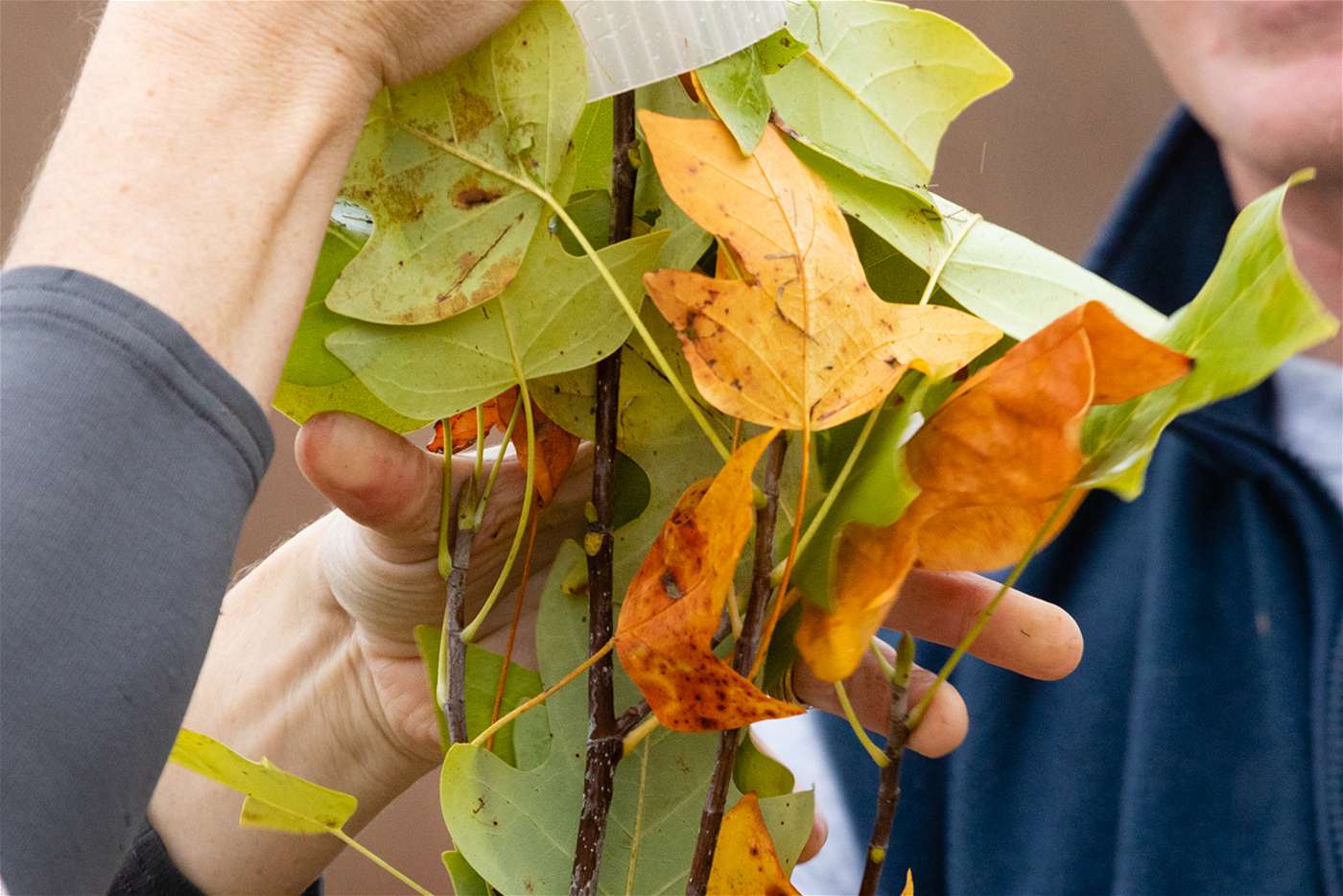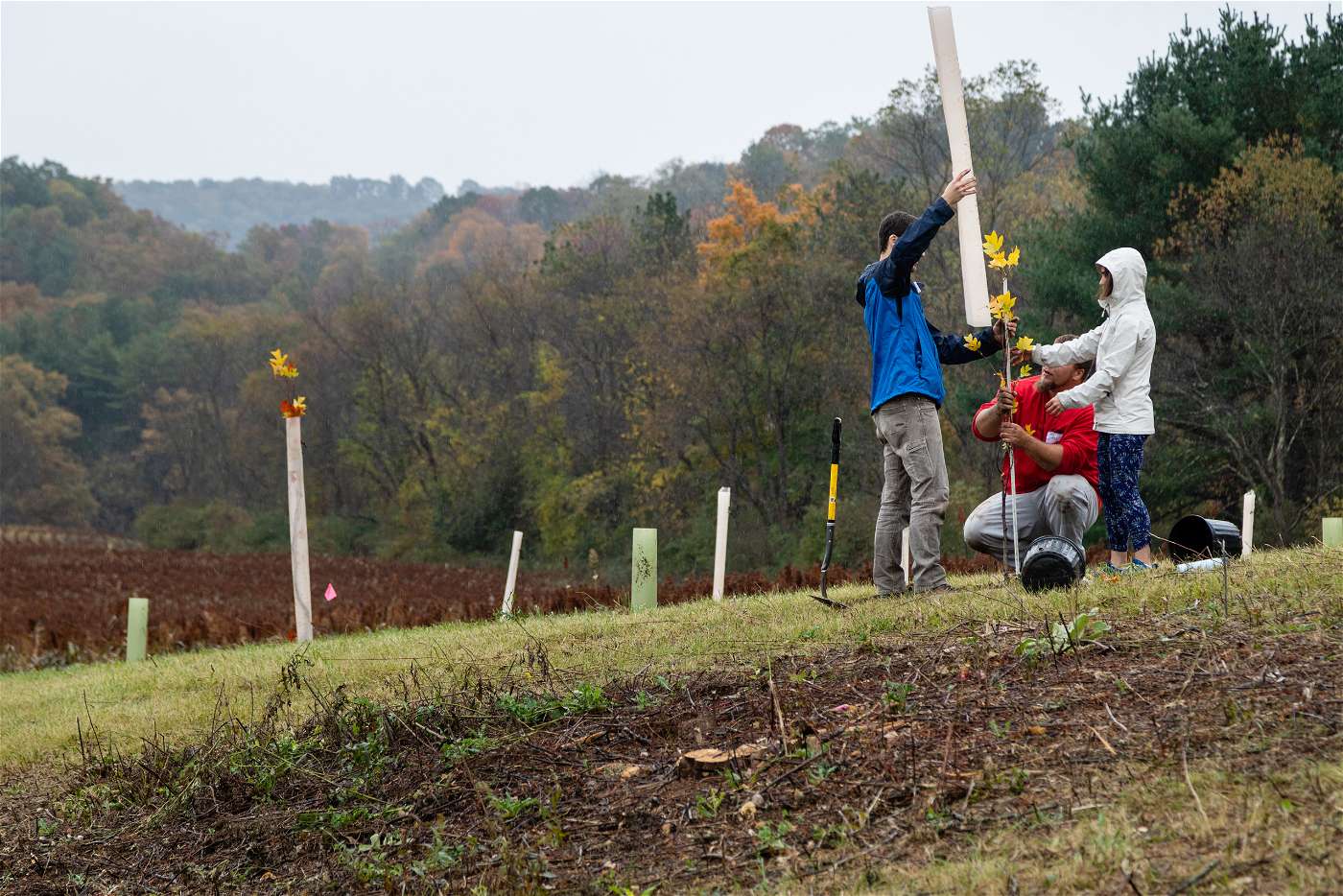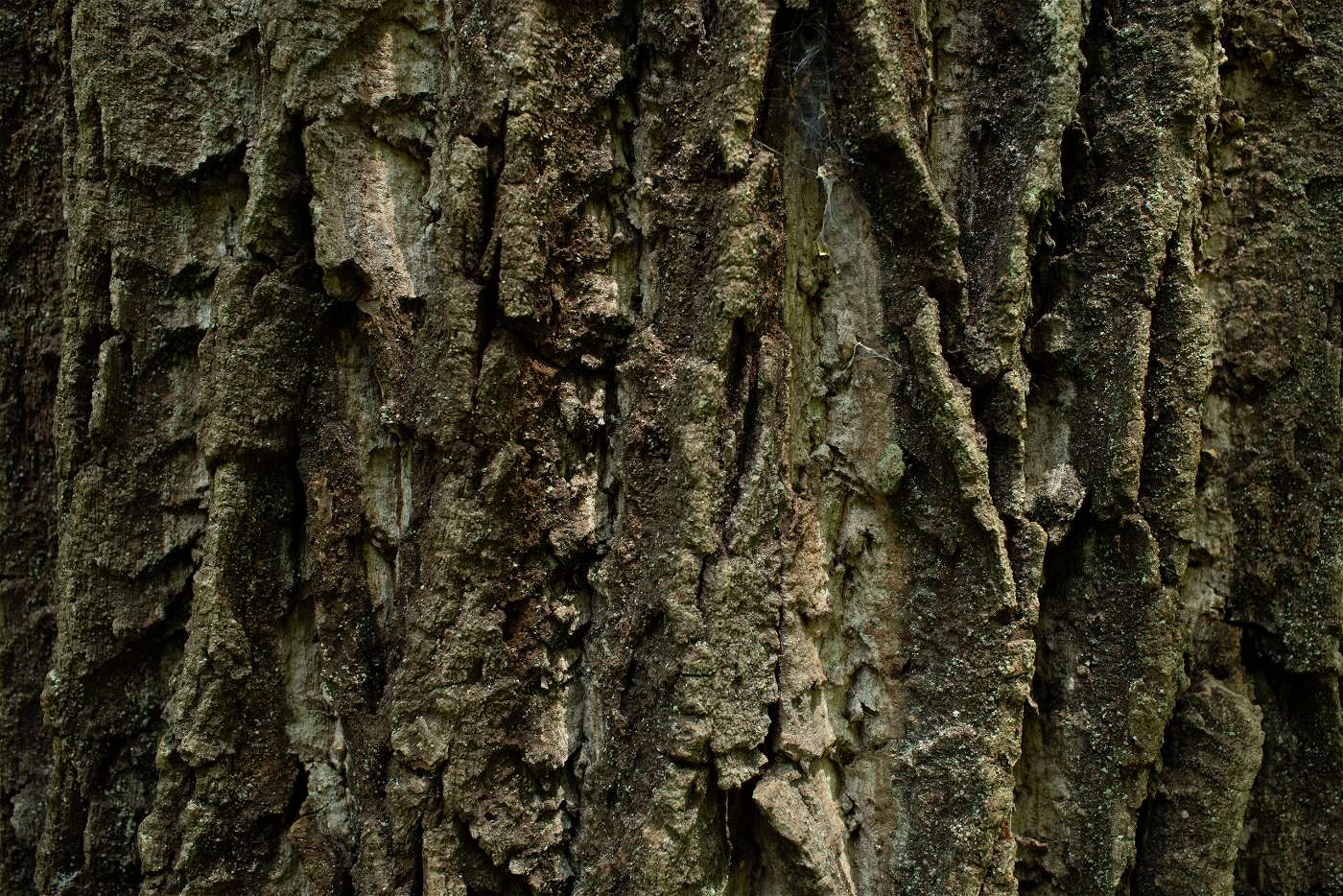Let Leaves Be: Hibernation Season Is Near!
Letting fallen leaves stay on the ground provides a plethora of benefits to water quality and wildlife, including winter cover for butterflies, bees, and other beneficial pollinators.
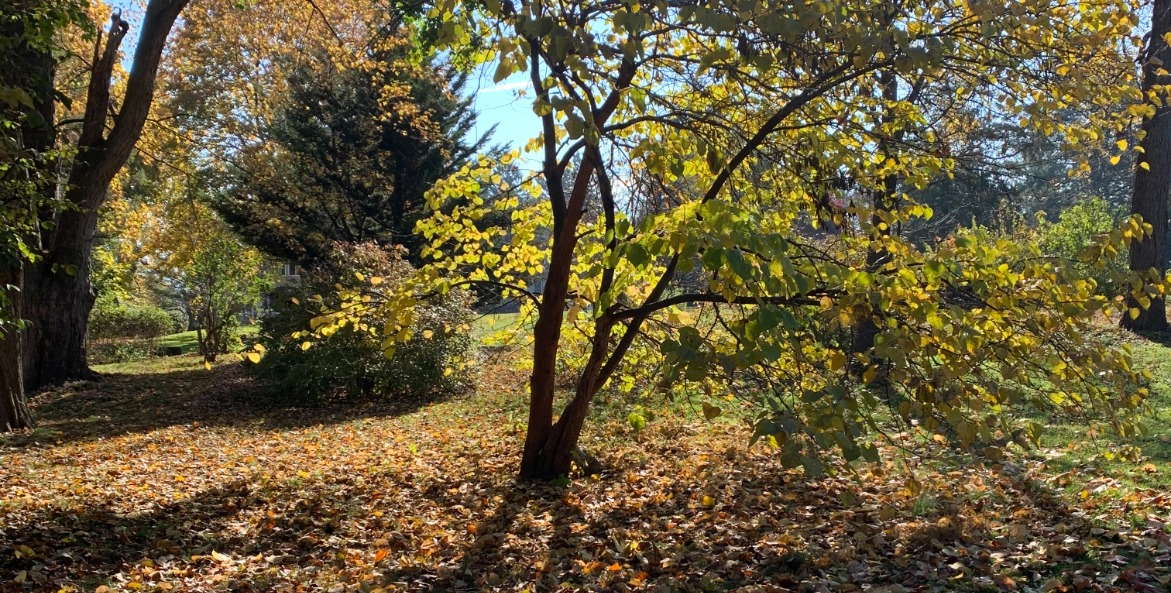
Each autumn, Pennsylvanians marvel at the color displays of various species of maples, birches, oaks, and other trees and shrubs. But when those leaves begin to fall to the ground, they are treated like garbage.
To many, they just look messy. So Americans spend countless hours raking, bagging, or blowing leaves away.
Nature knows better. When leaves are left to lay on the ground, good things happen.
A plethora of bees, butterflies, and other beneficial pollinators rely on fallen leaves for habitat and as a food source. The leaves form a blanket that protects critters from the pending cold weather. Take the humble bumble bee, for instance. As summer temperatures wane, queens burrow an inch or two into the ground to hibernate. Most butterflies and moths stay put over winter and also use leaves as cover.
Over time, a blanket of leaves is composted by microorganisms, providing plant roots a source of natural fertilizer. Leaves are rich in nitrogen, phosphorus, and micronutrients plants need to survive. As the leaves decompose over time, they slowly release nutrients into the soil, providing 50 to 80 percent of the nutrients a plant pulls from the soil during the growing season.
Leaves are also packed with organic matter. This helps make soils more suitable for robust plant growth. It also allows more precipitation to soak into the ground, reducing nuisance flooding and polluted stormwater runoff that harms streams. Scientists estimate that forest floors infiltrate 10 to 15 times more precipitation than equivalent areas of lawn.
As it travels into the ground, pollutants in precipitation can be filtered out by the soils and broken down by microorganisms. This water is the source of potable water for many Pennsylvanians and supplies streams with cool, clean water in the summer dry months.
And did you know leaves also play an important role in supporting diverse and abundant life in Pennsylvania’s rivers and streams? The breakdown of leaves into microscopic pieces is a food source for the good bugs and bacteria in a stream. These bugs support healthy populations of the important Eastern brook trout and the iconic Eastern hellbender, the state amphibian, as well as a large array of other critters.
That famous fall smell, which comes from decaying leaves and plants, can even improve our health. Numerous studies have found that a class of compounds, called phytoncides, are released into the air when leaves decompose. These compounds appear to help lower blood pressure and heart rate, reduce stress and anxiety, and help with sleep.
Looking around, Pennsylvania has a lot of trees. But we’ve lost a lot, especially in the places where they’re most needed—alongside streams, streets, and in our yards. No other practice is as good at restoring stream health, cleansing the air, and providing wildlife habitat than strategically planted trees. That’s why we’re working with over 200 partners to plant 10 million trees for Pennsylvania by the end of 2025. Earlier this month, we hit the halfway mark.
So, take a break. Instead of blowing them away, walk among the leaves. As the late, great Pennsylvania conservationist Manny Gordon was known for saying, “Enjoy, enjoy!” Our health, wellbeing, and quality of life will be better for it.
Harry Campbell Director of Science Policy and Advocacy at the Chesapeake Bay Foundation
-
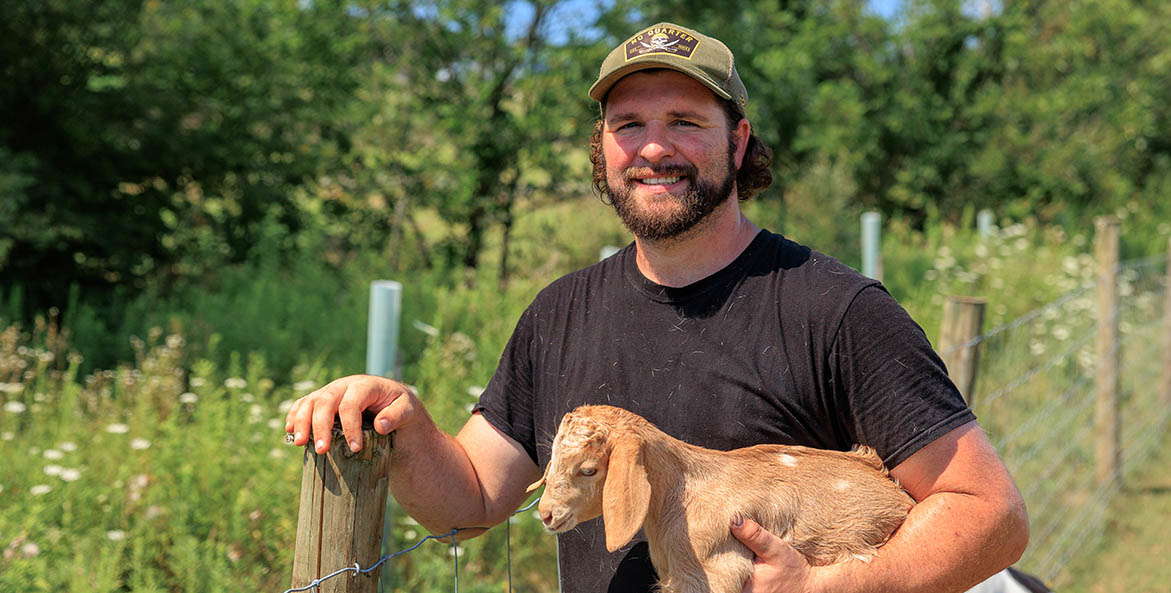
Photo Credit: Caroline Phillips
Farmer StoryROOTS IN ROCKY SOIL
Trees, bees, and goats are all part of Tim Wagner’s vision to build a farm and a community in central Pennsylvania.
-
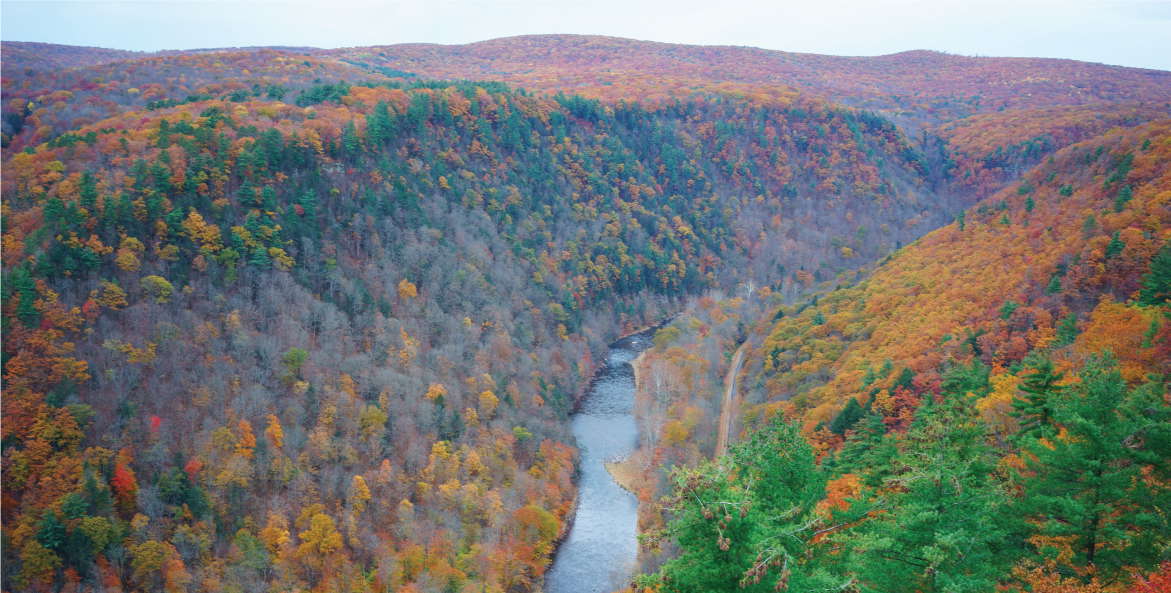
Pennsylvania’s Leaf Peeping Places!
47 Partner Sites to Spot Fall Foliage. -

Photo Credit: pixabay
Saving PA from Space
The Keystone 10 Million Trees Partnership has partnered with NASA to track tree height from space.


